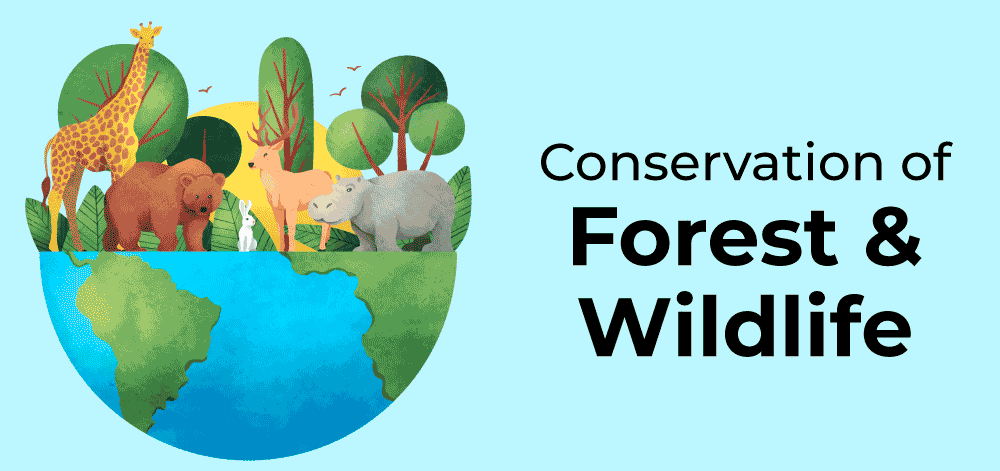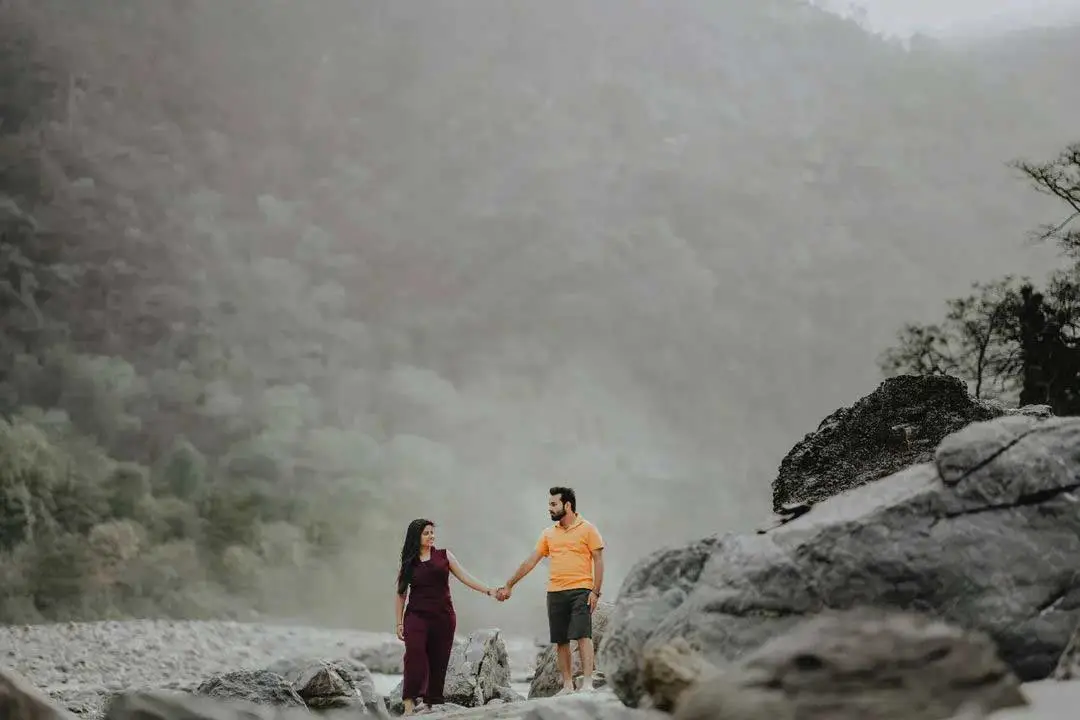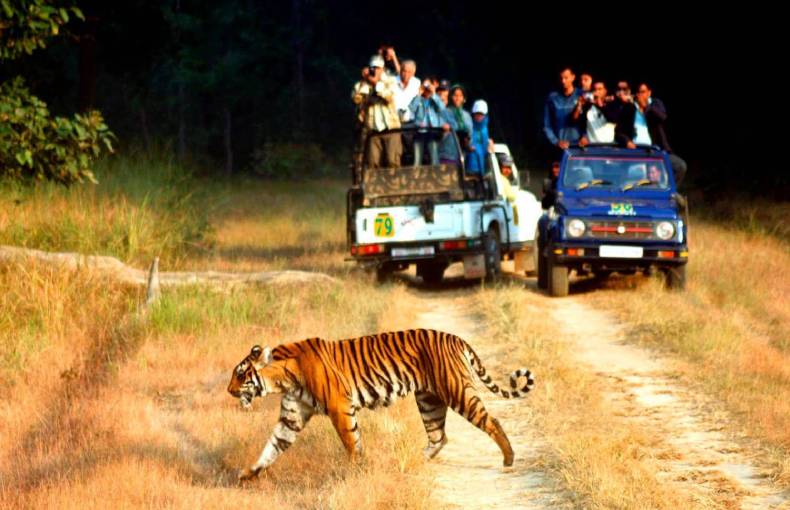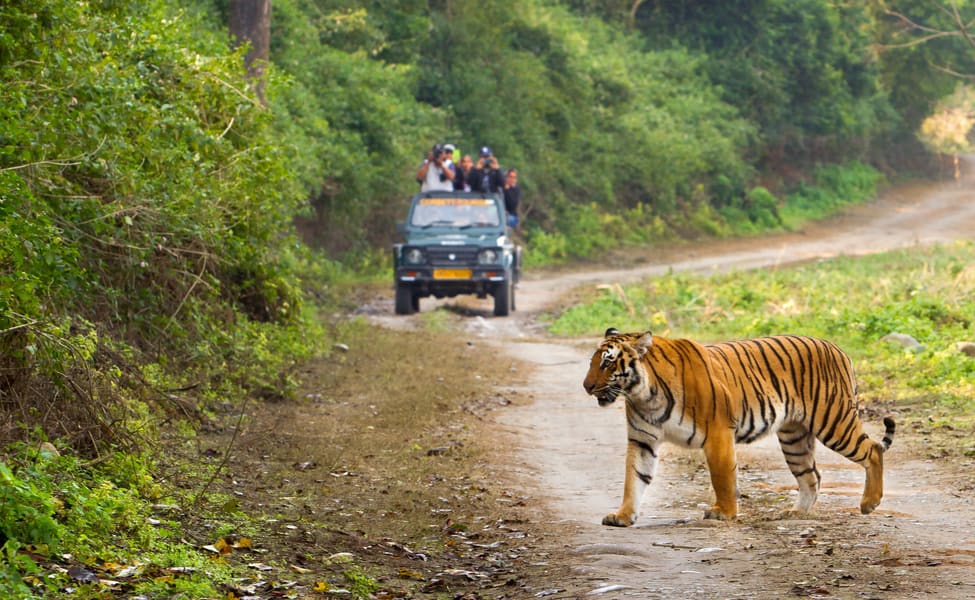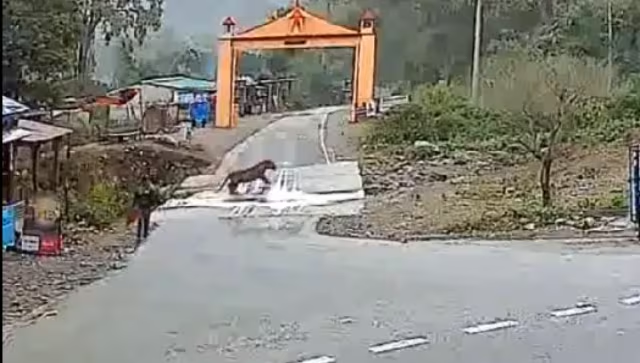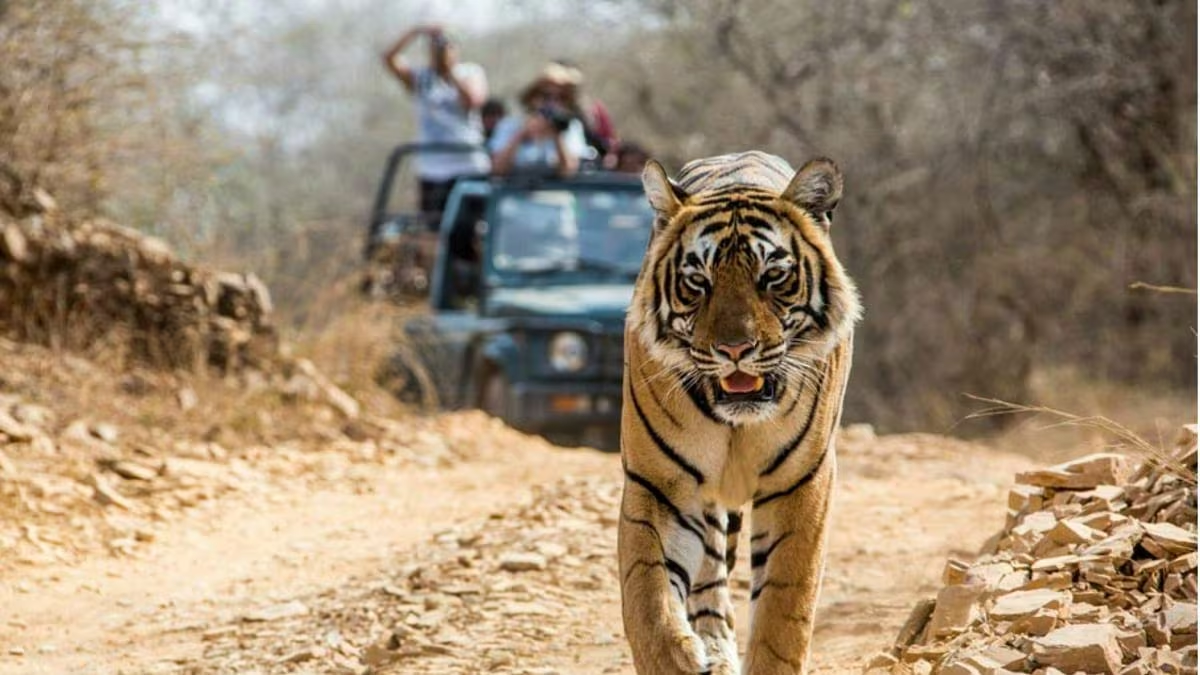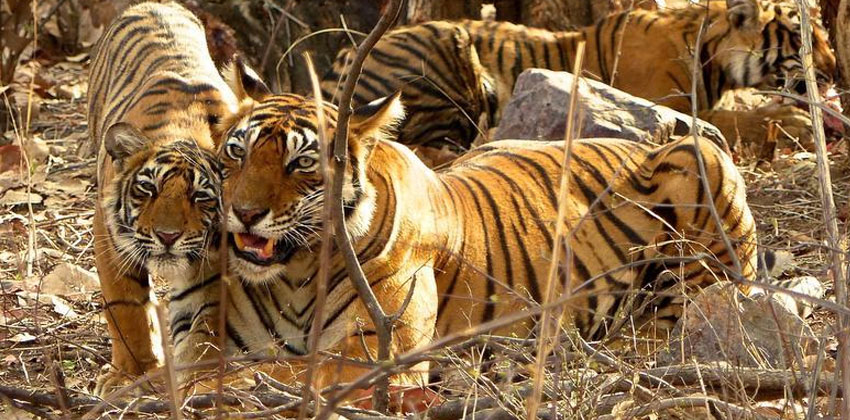What steps can we take to conserve the wildlife?
We all have a lot of memories related to animals, whether they’re from our childhood or our adulthood. There are several stories and cartoons related to wildlife, such as The Lion King, The Jungle Book, and others. The jungle has always been fascinating to us. But what if our future generations only have to learn about these from science books, stories, cartoons, and movies? Yes, if we do not make a move, that time will soon come when wild animals will be seen only in fiction. These days, we’re regularly reading about incidents such as illegal trade, hunting, poaching, etc. Just to earn some money people trade off animals’ skin, flesh, teeth, bones, and whatnot. All these are causing the deterioration of not just wildlife but also disrupting the ecosystem.
There are several campaigns and movements started by the government to prevent wildlife from becoming extinct. Several government-based and non-profit organizations are fighting to save them. One such was Project Tiger, launched in 1936 with the aim of protecting the Royal Bengal Tigers. However, it is not possible for the authorities to do this on their own until we support them. We have to start taking initiatives to save these endangered species.
What can we do to play our part?
Support Conservation Organizations: Wildlife conservation might need financial and human resources. Supporting conservation organizations through donations or volunteering is crucial. Contributions aid in funding conservation projects, scientific research, anti-poaching efforts, and the overall protection of endangered species and habitats. Volunteers provide essential help in various tasks, from wildlife monitoring to community education programs.
Educate and Raise Awareness: Education is fundamental to any conservation effort. Raising awareness about the importance of wildlife and the threats it faces can inspire action. Informing people about endangered species, habitat destruction, pollution, climate change, and the significance of biodiversity will help foster a sense of responsibility and urgency for conservation.
Promote Sustainable Practices: Embracing sustainability in everyday life is a powerful way to protect wildlife. This includes reducing waste, conserving energy, adopting eco-friendly products, recycling, and reducing single-use plastics. Sustainable living minimizes the strain on natural resources and habitats, indirectly benefiting wildlife by preserving their environments.
Responsible Tourism: Tourism has positive as well as negative impacts on wildlife and their habitats. Choosing responsible and ethical tourism, such as wildlife-watching tours while adhering to animal welfare standards, helps in the protection of wildlife from exploitation. Responsible tourism supports conservation initiatives and ensures that tourists don’t harm animals or their ecosystems.
Prohibit Illegal Trade: Poaching and illegal trade are major threats to wildlife globally. Reporting any suspicious activities related to poaching or the illegal trade of wildlife products to the authorities is crucial. Additionally, supporting organizations and initiatives that work to combat these activities through increased surveillance and anti-poaching efforts is vital for protecting endangered species.
Habitat Restoration and Protection: Habitats are the lifeline for wildlife, and their degradation can lead to species decline or extinction. Actively participating in habitat restoration projects, like tree planting drives or wetland restoration initiatives, helps in creating safe and sustainable spaces for wildlife to thrive. Supporting protected areas and advocating for the expansion of wildlife reserves and national parks is equally important.
Engage the Youth: Educating and involving young individuals in wildlife conservation is paramount for the future. School programs, nature camps, and educational initiatives that emphasize the importance of wildlife, environmental stewardship, and conservation nurture a generation that values and actively contributes to wildlife preservation.
Support Local Communities: Local communities possess valuable knowledge about local wildlife and ecosystems. Supporting their rights and involving them in conservation efforts ensures full utilization of this knowledge in developing effective strategies. Respecting indigenous perspectives fosters collaborative conservation efforts that benefit both wildlife and communities.
Sustainable Agriculture: Promoting sustainable agricultural practices with the minimum use of harmful chemicals and prioritizing the conservation of biodiversity is crucial. Sustainable agriculture protects wildlife habitats and lowers pollution while promoting a healthier relationship between agriculture and wildlife.
By combining individual efforts, advocating for policy changes, supporting organizations, and adopting sustainable practices, we can collectively make a significant impact in saving wildlife and preserving the delicate balance of our ecosystems.

